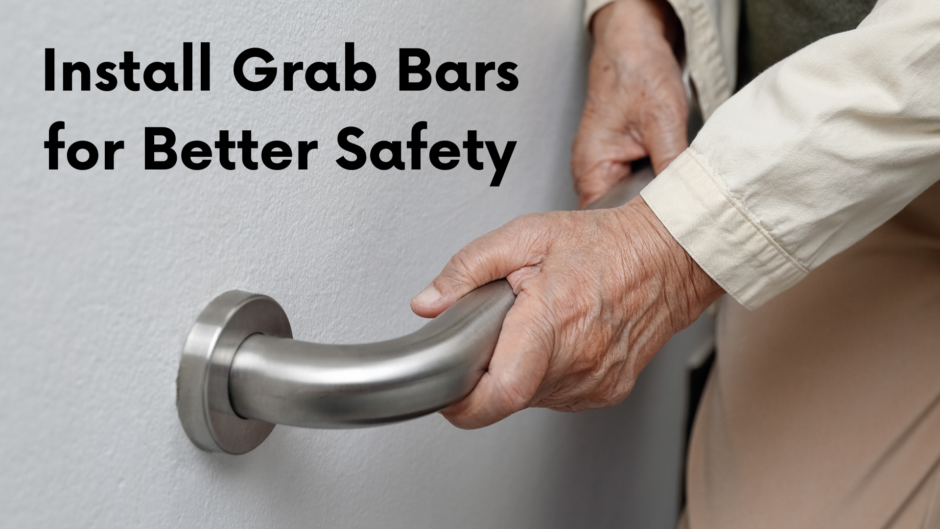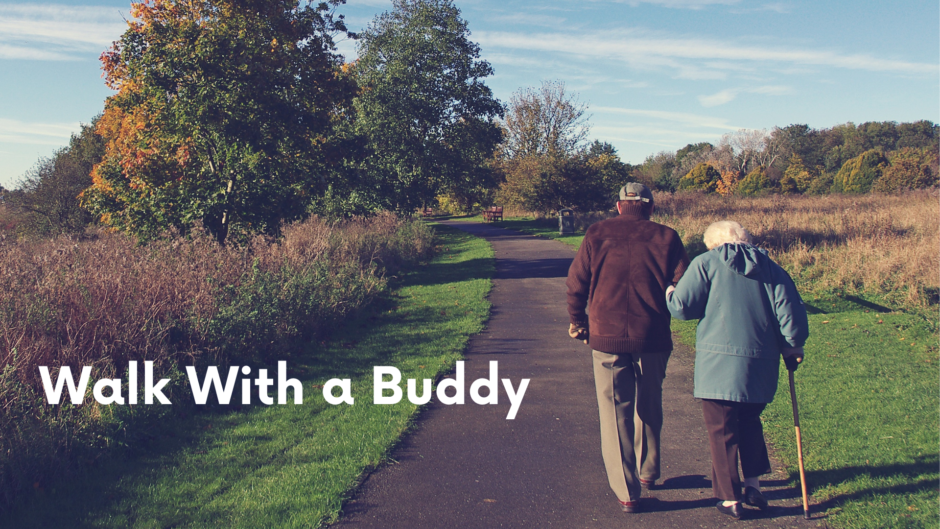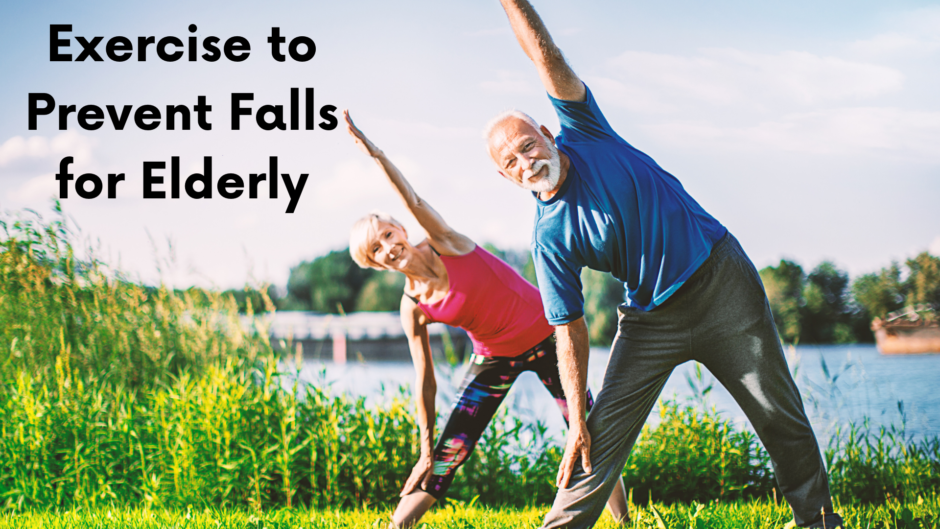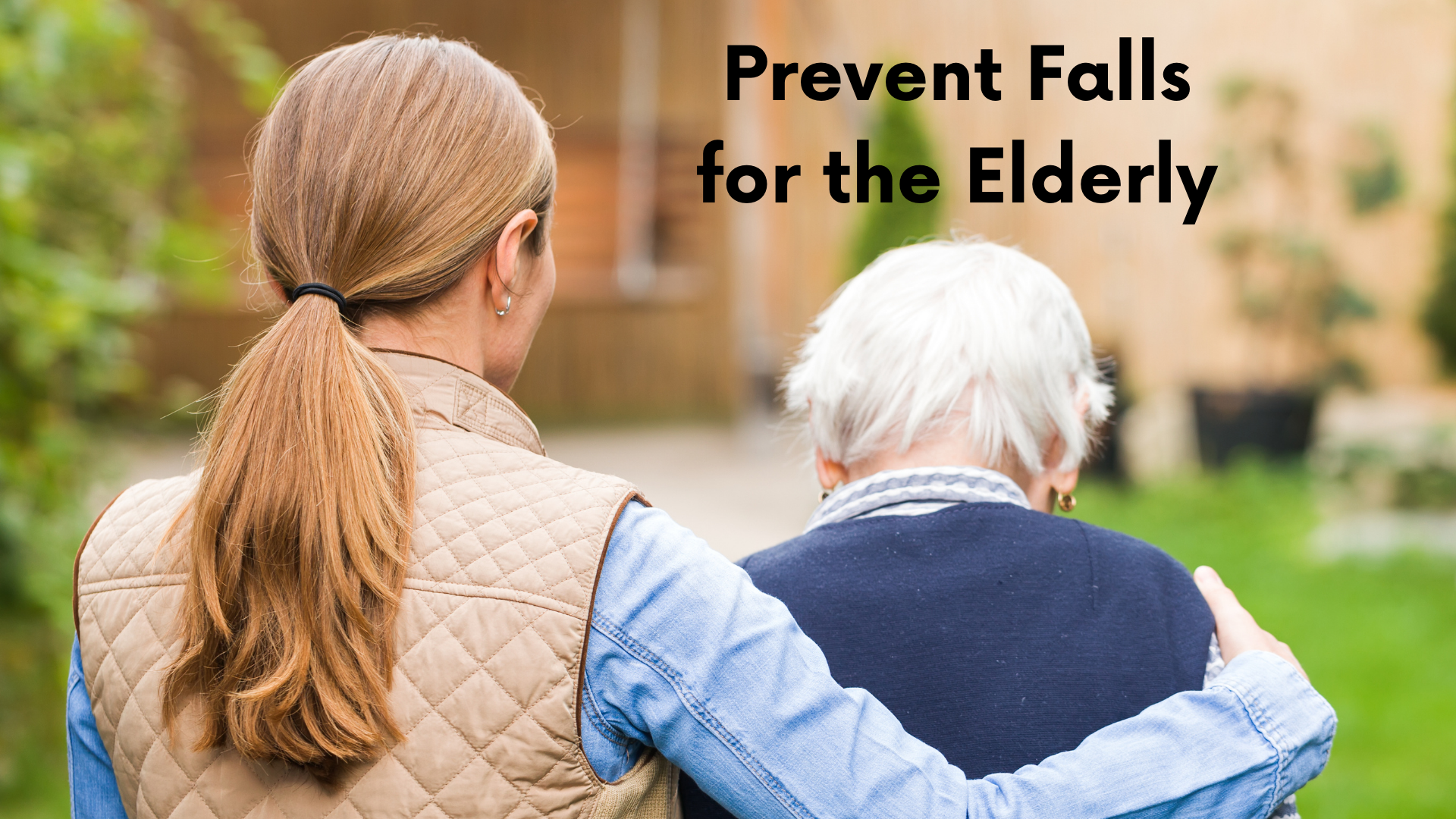Falls are the number one cause of non-fatal injuries for the elderly, and the third most common cause of fatal injuries. One out of two seniors who suffer a fall will be hospitalized.
This is not surprising as many older adults live in homes with steps, steep stairways, or dangerously worn carpeting or slippery rugs. In addition, many older adults take medication that makes them unsteady on their feet.
Although falls can be devastating, they often result only in scrapes and bruises; however, there is a significant risk of serious injury from a fall if you are an older individual living alone.
Moreover, these types of accidents can happen to many seniors, regardless of their physical health. In fact, these accidents are the leading cause of death among older adults living in independent residences.
The National Council on Aging reports that approximately one-third of all people over 65 will fall each year and almost half will experience a fall severe enough to require medical attention.
Studies show that falls increase with age; thus, individuals who are 80 years old or older have twice as much chance of a falling accident compared to those between the ages of 50–59! So if you’re an elderly individual, it’s important that you learn how to avoid falling down your stairs or tripping over your carpeting. Here are some useful tips:
1. Beware of Loose Area Rugs
When you are walking on a rug, make sure that it is secured tightly to the floor so it doesn’t move if someone accidentally trips over it. Choose rugs that have non-slip backing or rubber on the bottom. Non-slip rug pad grippers are available at most hardware stores and Amazon.com. They keep your area rugs in place and help prevent falls.
2. Prevent Falls in Your Bathroom

Another preventative measure includes using grab bars on the inside and outside of bathtubs. They should extend towards the floor—at least 20–25 inches (50–60 cm)—and have slip-resistant handles that allow easy gripping.
As a precaution, only take baths when someone else is available to assist in case accidents happen. Finally, wear nonslip shower shoes while taking showers; this will reduce trips over wet floors or slipping in tubs after bathing.
If you’re still worried about trips and falls, then invest in bathmats that have raised surfaces (with suction cups); these are more effective than flat mats or placemats because they keep your feet from slipping while stepping out of the tub.
3. Falls Prevention for the Kitchen
Be careful when walking on ceramic tiles; they can be easily cracked or broken, which can lead to trips and falls. If you have a tile floor in your kitchen make sure that it is secure—free of holes and cracks—and use coasters on tables to prevent spills from drinks or glasses. Also, use non-skid mats in the kitchen.
4. Helping Others Walk by Using Safety Belts
If you are taking a walk outside, use safety belts or handrails on elevators and escalators as they can be dangerous for seniors who have balance issues. If you don’t feel safe using these forms of transportation, ask someone to accompany you or use a wheelchair.
5. Safeguard Your Home by Adding Handrails, Grab Bars and Non-slip Mats to Stairs
The quickest way for elderly individuals to fall is by slipping on stairs, as they are often smooth without any type of safety measures. To prevent this hazard, make sure handrails are installed on both sides of stairs and railings with safety mats placed in the center.
Make sure that handrails are not too far apart, as someone might need something to hold onto for balance if they have issues with their legs or arms. In addition, use anti-skid stair treads (sold at home improvement stores). The same applies if you are using area rugs around pathways: they must be secured tightly to protect against falls.
6. Unclutter your floors – especially along pathways.
Make sure the flooring is secure and free from clutter or obstructions like toys, boxes, etc. Seniors tend to trip over clutter because it trips their depth perception or their proprioception. This is a serious hazard, especially for people with a limited range of motion or loss of balance.
7. Fall Prevention Tips for Bedrooms and Living Rooms
Remove throw rugs; they can cause you to trip and fall. You may use area rugs—but place them away from bed areas so you don’t trip over them in the middle of the night.
Be careful while walking on hardwood floors; they can be slippery after being recently polished or cleaned.
8. Keep Your Path Well Lit
Nightlights can help you see when you are walking at night. In addition, install lights outside your house so that you can see where to walk. Solar lights work well along a path because they are inexpensive and easy to install. Keep a flashlight or two close at hand—preferably in the hallway outside of your bedroom—in case you experience any power outages.
9. Have Handrails for Balance on Each Side of Your Bed
This will help prevent falls when getting up from bed during the night. If you have severe balance issues, you may consider a bedside chair with arms for additional support.
10. Additional Tips to Prevent Falls

Forgetfulness can be dangerous if you have difficulty moving around your home. Talk to your doctor about issues of forgetfulness and how they may impact your mobility and safety.
11. Rollator Walkers Help Keep You From Falling
If you have mobility issues, a rollator walker may help. These devices allow you to move around with ease while taking weight off of your joints and muscles. They come in many models and colors, so choose one that is comfortable for you.
12. Fall Prevention Exercises for Seniors

Pilates are exercises designed to improve your balance and flexibility. They are also low impact, so they won’t cause stress on your joints. In addition, many of these exercises can be done sitting down or standing up while holding on to a chair.
Walking is one of the best exercises for seniors because it strengthens muscles in the hips and legs that can help with stability.
Yoga and Tai Chi are other great exercises to do for balance because they can be done sitting down, standing up, or lying on your back. In addition, many of them don’t require special equipment.
Additional Tips to Prevent Falls
You may want to keep your cell phone, or an extra pair of glasses within easy reach at all times.
Avoid using loose-fitting clothing and shoelaces that are not tied tightly. Wear sturdy shoes with thick soles for added protection.
13. Invest in a Help Alert Button
To reduce the chance of serious injury from a fall, there are home alert buttons that can be worn around the neck or clipped to clothing. When the wearer falls and hits the floor, this device sends a signal to a base station (which must be plugged into an electrical outlet). The base unit then alerts pre-programmed emergency contacts by cellular phone (to your smartphone), email, text message, or fax machine. These devices are especially useful for individuals who live alone in apartments or homes.
Another alternative is to wear one of these personal medical alert bracelets that allow you to keep instant contact with your family members so if an accident happens they know what’s going on at all times.
If you don’t want to purchase an alert button or bracelet, yet you still want to be able to instantly call for help if a fall occurs, then consider investing in a portable cellular phone so you can easily contact emergency responders from anywhere.
14. Stair Lifts for Safety
If you’re worried about falling down your stairs, invest in a home safety stairlift. These devices have special motors that control movement up and down the steps. They are especially helpful for elderly people who live alone in high-rise apartments or homes; they can go outside to do their laundry or bring in groceries without having to walk up several flights of stairs.
15, Wear Practical Clothing
You should also switch to nighttime clothing with contrasting colors. Using darker hues for bottoms and lighter ones for tops will help you see where objects are located on floors, stairs, etc. as well as prevent accidents due to poor visibility.
As a last precautionary measure, wear slip-resistant shoes—not sandals or boots—when moving around the home.
In Conclusion
As you can see, falls are not simply a nuisance-they can be dangerous. If someone in your family has started to take a few missteps or trips, it is time to get moving on preventing falls. By using the tips above, you may help ensure that you and anyone else you love will remain safe during everyday life and for many years to come.

